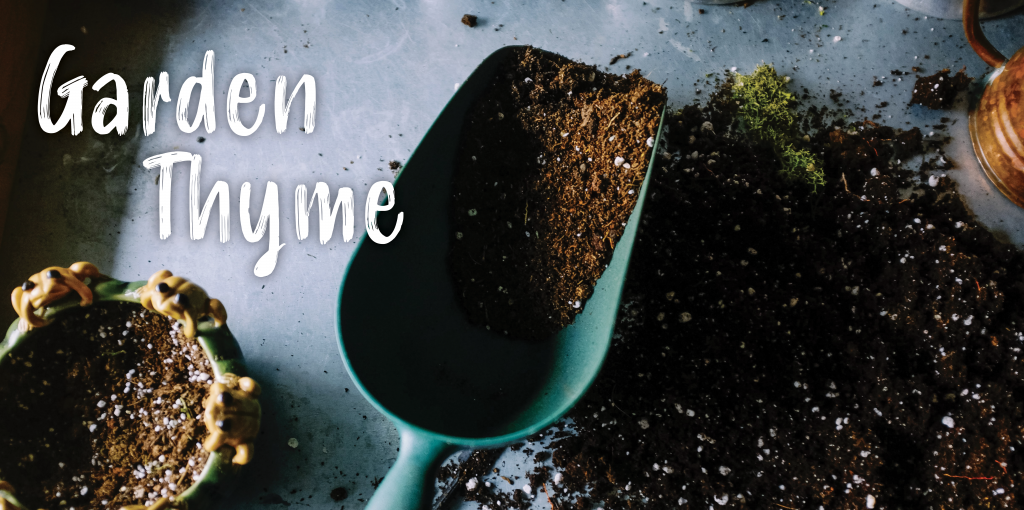Prepare for Wildfires: Create a Defensible Space with Fire Resistant Landscaping
As Texans, we expect summers to be hot and humid and the summer of 2023 has been hotter than normal. Unfortunately we also know it is not a matter of if we will have a drought but when.
The National Oceanic and Atmosphere Administration (NOAA) estimates that there have been 18 droughts in Texas since 1980, including the drought that started in 2021. Since 1895, the most significant drought in Texas’ history was 1950 to 1957, lasting 77 months. The 2010 to 2014 drought was the second longest, lasting 51 months, and the second worst, in part because 100% of the state was affected for many weeks and 88% during the most intense period. (NOAA) forecasted that the current drought that Texas has been experiencing since 2021 will continue through 2023 unless the state receives significant, wetting rainfall. https://www.drought.gov/states/texas#drought overview
Living in the Piney Woods of Texas, a region thickly forested with pines, oak, sweetgum, magnolia, tupelo, elm and ash, means that the potential for wildfires always exists; during extended periods of drought and excessive heat the risk increases dramatically. The Tri County Fire (also known as the Riley Road Fire) started on September 5, 2011 and lasted 28 days. It burned 20,000 acres and destroyed 73 homes in Montgomery, Walker and Grimes counties. It was started by a lightning strike. During 2011 there were 4,064 fires in Texas that burned 300,279 acres and destroyed 2,139 homes.
The Keetch-Byram Drought Index (KBDI), twc.tamu.edu/kbdi, is used in determining wildfire potential. The interactive map shows values by county. he current fire danger can be viewed at https://tfsweb.tamu.edu/DailyFireDanger/
PREVENT WILDFIREs
While preventing wildfires is sometimes out of the average person’s control, such as when it is caused by arson, lightning or a sparking transformer, there are steps that individuals can take to minimize the possibility of causing a wildfire. These include:
- Adhering to burn bans and other restrictions
https://tfsfrp.tamu.edu/wildfires/DecBan.png - Avoiding fire related activities such as grilling
- Being vigilant when using equipment that can spark
- Not discarding lit cigarette butts
- Reporting fires, however small
PROTECT YOUR HOME FROM WILDFIREs
While there are no guarantees, there are steps that individuals can take to increase the probability that their homes will survive a wildfire. The Texas A&M Forest Service Firewise program outlines how to prepare the area around a home to reduce the ability for a wildfire to reach the home. Texas A&M Forest service says “The first 30 feet from your home in all directions is called your defensible space. Maintaining defensible space around your home is key to improving your home’s chance of surviving a wildfire”. Firewise divides the area around the home into 3 zones.
Immediate Zone: 0 – 5 feet from the house – non-combustible area
- Keep vegetation at least 3 feet from home; use fire-resistant plants
- Move anything that can burn (mulch, flammable plants, leaves and needles, firewood, etc.) away from exterior walls
- Remove debris from roofs, exterior attic vents and gutters
- Replace or repair loose or missing shingles
- Install 1/8 inch metal mesh screening over vents in eaves and attic and below patios and decks
- Repair window screens and broken windows
Intermediate Zone: 5 – 30 feet from the house – keep fire from climbing to crowns of trees
- Limit trees and shrubs to small clusters; use fire-resistant plants
- Clear under large stationary propane tanks
- Create fuel breaks with driveways, walkways/paths, patios and decks.
- Mow grasses to a height of 4 inches
Trees
- Remove vegetation under trees (ladder fuels) so the fire cannot reach the crowns
- Prune trees up to 6 to 10 feet from the ground
- Space trees a minimum of 18 feet between crowns
- Ensure that the mature canopy will be no closer than 10 feet to the edge of the structure
Extended Zone: 30 – 100 feet from the house – interrupt fire’s path; keep flames smaller and on the ground
- Remove ground litter/debris and dead plant/tree material
- Remove small conifers between trees
- Remove vegetation adjacent to outbuildings
Trees
- 30 to 60 feet from home – space at least 12 feet between canopy tops
- 60 to 100 feet – 6 feet space at least between canopy tops
Below are a few examples of fire-resistant plants that can be used; there are many more. Check online and with your local nursery.
First 10 feet from home – low growing and moist
- Columbine
- Violet
- Primrose
- Phlox
10 feet to 30 feet from home – taller plants
- Bluebells
- Bluebonnet
- Aster
- Gayfeather
30 feet and beyond from home – shrubs
- Lantana
- Beautyberry
- Butterfly bush
- Turks cap
HIGH FIRE RISK PLANTS TO AVOID
Below is a list of some high fire risk plants that should not be used; there are many. Check online and with your local nursery about other high risk plants.
- Gulf Coast Muhly
- Big Muhly
- Mexican feathergrass
- Yaupon
- Wax Myrtle
- American Holly
- Southern Magnolia
- Sweet Bay
- Red Bay
- Pine trees
- Live Oak Trees
For details go to https://tfsweb.tamu.edu/ProtectYourHome/, select “Protect Your Home”, then select “Create Defensible Space with Fire Resistant Landscaping” At the bottom of the page, select “Firewise Landscaping in Texas” and “Ready, Set, GO!” to download approved brochures.
Happy Planting!
